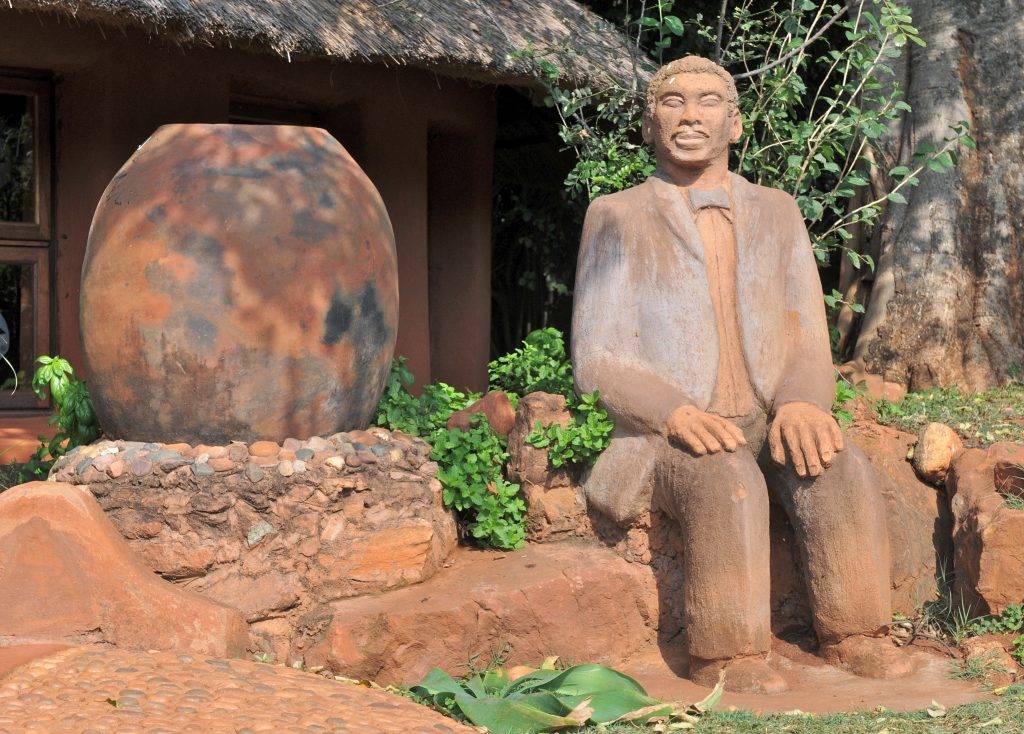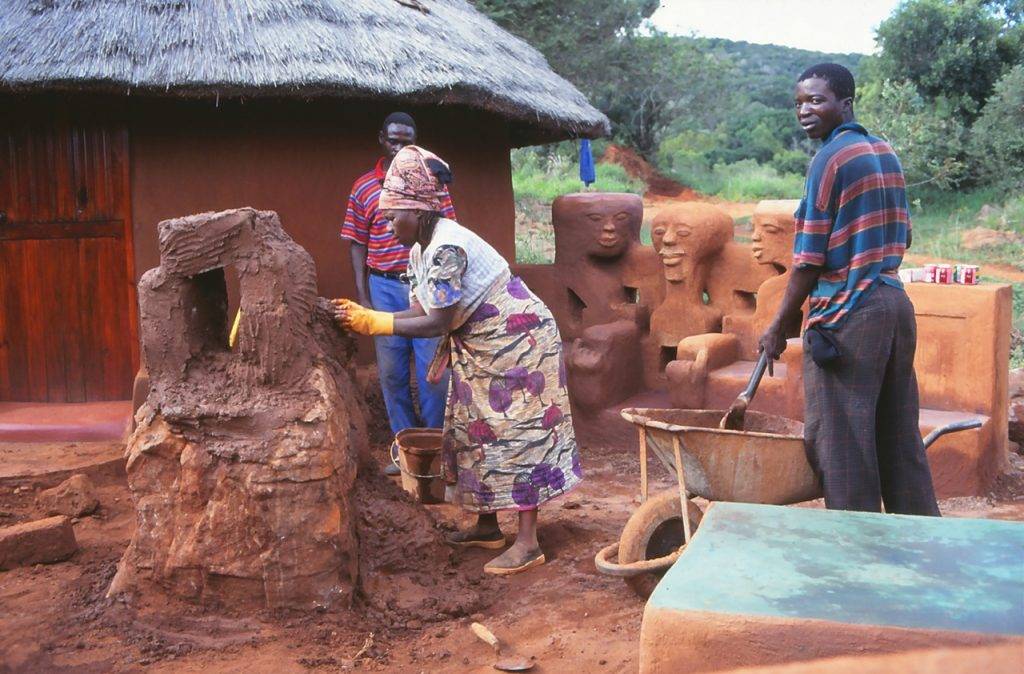The History of Leshiba
For the past 30 years, we, the Rosmarin / Straughan family, together with our wonderful staff, local experts, artists and friends, have been working in harmony with nature to preserve the delicate balance between the ecosystems of the extraordinary biodiversity and the sustainable development in our region.
In 1993, inspired by the beauty, biodiversity and cultural heritage of the region, John and Gill Rosmarin, along with their four children, began the journey to build Leshiba Wilderness into the unique, eco-and-cultural destination it is today. Leshiba Wilderness’ custodians have put thirty years of their heart and soul into preserving and sharing the joy and beauty of this true African gem.
When the family discovered the remnants of an old Venda homestead overlooking Duluni plain, John decided to honour the original foundations. With the help of a group of Venda women from the surrounding villages and in collaboration with internationally renowned artist, Noria Mabasa, the Venda Art Lodge emerged as a living work of art.
Leshiba Wilderness’ story is now woven into the history of the mountain
ART WALKABOUT AT THE VENDA ART LODGE
Find out more about the rich cultural heritage and evocative stories carved into wood by master wood carvers, Noria Mabasa, Paul Thavana, Thomas Kubayi, Owen Ndou and David Murathi. These artworks can be found woven into the architecture of the Venda Art Lodge. Learn about the dwindling, traditional skills and age-old techniques that are still being practised in our local rural Venda, Tsonga and Sotho villages. There are many examples of these traditions in and around the lodge i.e. beading, weaving and open-fired clay pots.
Leshiba Wilderness’ own story fits intricately into the narrative of the Soutpansberg. Hear the stories behind the development of the Venda Art Lodge and the Rosmarin / Straughan family’s long-standing relationship with local artists and the traditional potters of Mukondeni. Learn more about the Venda, Tsonga and Sotho people’s culture and how all our stories intertwined to shape the Northern frontiers of Limpopo into what it is today.



















